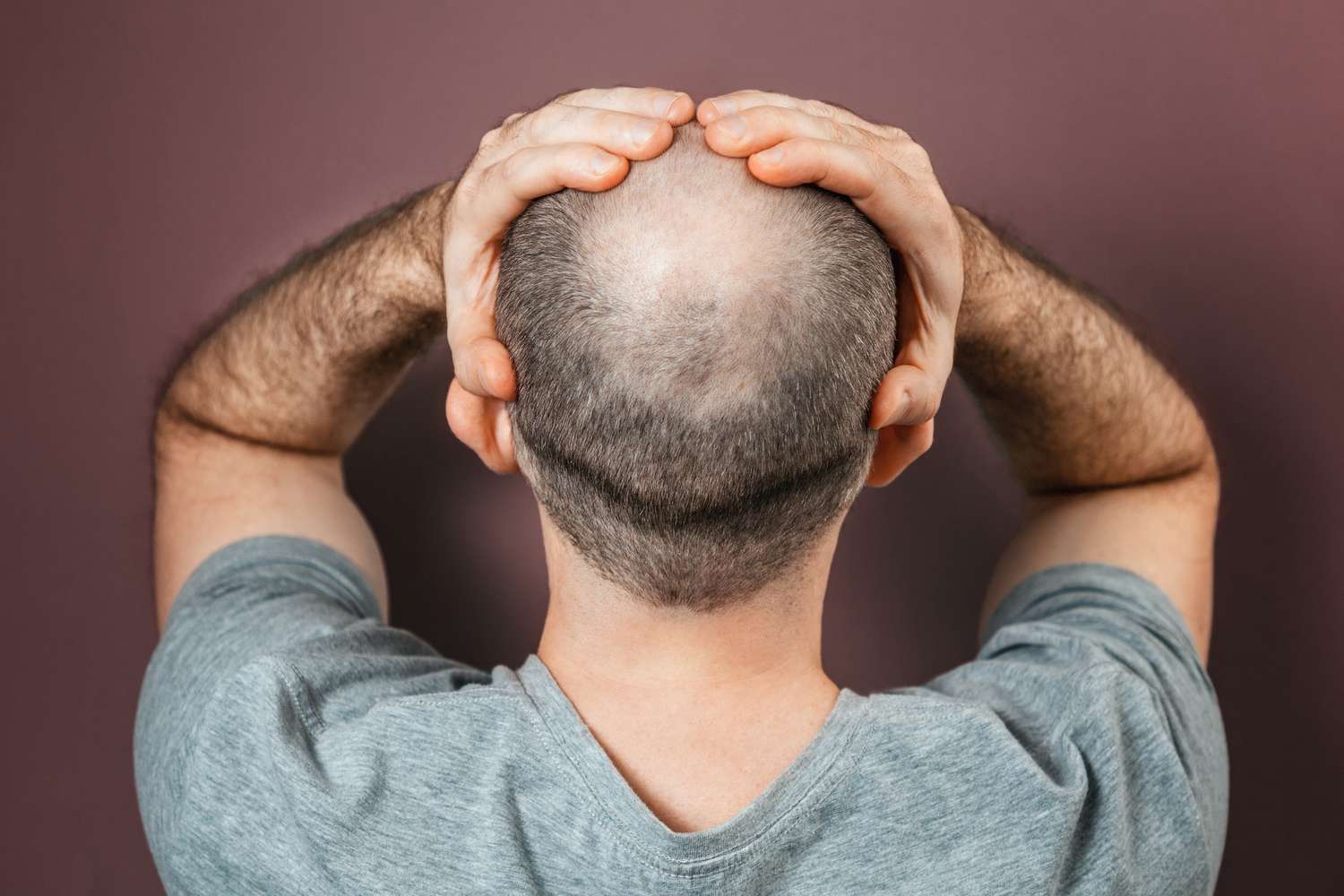Need a consultation
If you have got any questions, please do not hesitate to send us a message. We will reply shortly as soon as possible.

Mail us at
drrashmi@ccubehomeopathy.com
Consultation
If you have got any questions, please do not hesitate to send us a message. We will reply shortly as soon as possible.
(+91) 98107 42386 / +91 8287274211
drrashmi@ccubehomeopathy.com
D2 Basement Market Shop 1 I Block, Hari Nagar, New Delhi - 110064
Synonym : Baldness, Hair loss.
Incidence of Alopecia

Hair is a non-living body structure composed primarily of a protein called keratin that is produced by organs within the skin called hair follicles.
Hair follicle: It is a sac like holes or the living part located under the skin or epidermis and dermis.

Physiology of parts of hair
Anagen phase – growth phase
Catagen phase–transitional phase

The lifetime incidence of AA is approximately 2% worldwide. Here are some key points about AA:
Coin-sized patches of hair begin to fall out, mainly from the scalp. Any site of hair growth may be affected, though, including the beard called alopecia barbae and eyelashes.
If you have got any questions, please do not hesitate to send us a message. We will reply shortly as soon as possible.

Mail us at
Consultation

Adding {{itemName}} to cart
Added {{itemName}} to cart